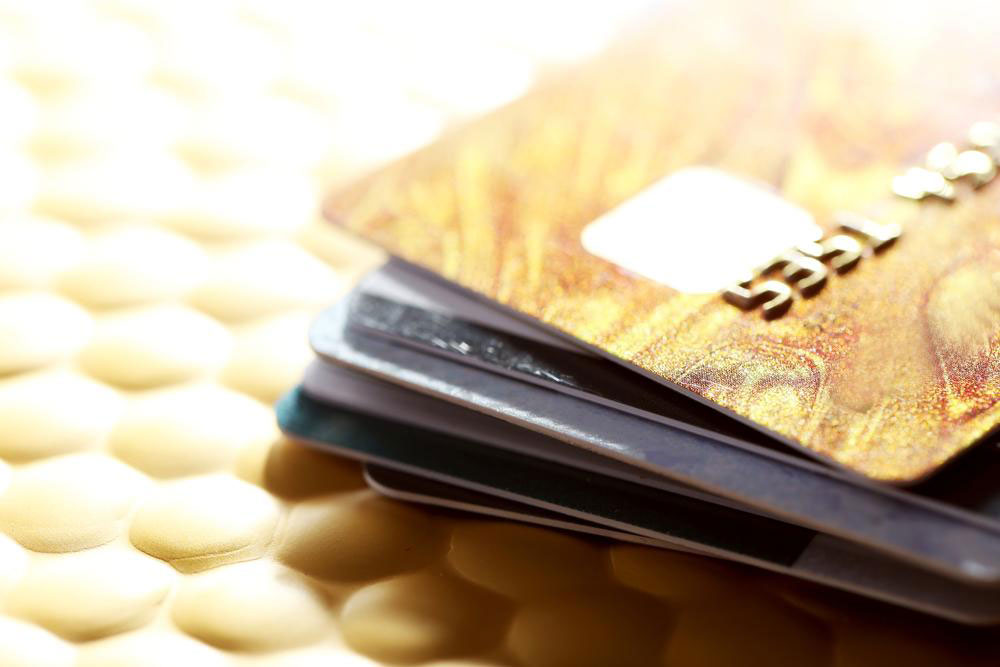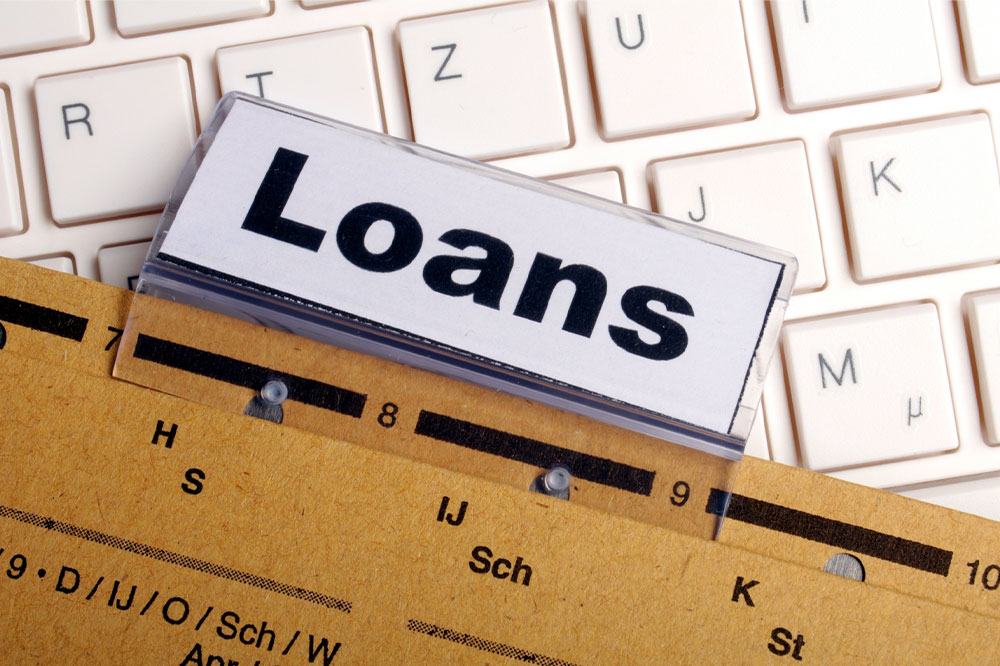Navigating Financial Challenges with Poor Credit Borrowing Options
This article discusses the implications of bad credit scores, the risks for lenders, and how individuals with poor credit can navigate borrowing. It explains FICO scoring, factors influencing credit ratings, and the characteristics of subprime loans, including higher interest rates and less favorable terms. It emphasizes the importance of understanding credit risk and seeks to educate readers on managing debt and improving credit status effectively.

Navigating Financial Challenges with Poor Credit Borrowing Options
A credit rating reflects an individual’s or company's financial health. This score is classified into high or low categories based on the amount of outstanding debt or credit utilization. A strong credit score signifies reliability to lenders, indicating timely repayment and fostering trust. Conversely, a low credit score, known as poor credit, suggests missed payments and a higher risk of default, making borrowing more difficult.
Investing in individuals with low credit scores is inherently risky.
In the U.S., FICO develops credit scores by collecting data from TransUnion, Experian, and Equifax, assigning scores from 300 to 850. Scores below 579 are deemed poor, often correlating with missed payments and defaults. Scores between 579 and 669 are considered fair. When borrowers face liquidity issues or bankruptcy risk, lenders often write off their loans, impacting credit scores negatively. Such loans tend to carry higher interest rates, weaker collateral, and less favorable terms due to the elevated risk involved.
Loans to individuals with poor credit are classified as subprime, often carrying higher interest rates. These borrowers typically have limited borrowing history, fewer assets, and a track record of payment delays or defaults. Student loans are common examples of debt associated with low credit ratings.










